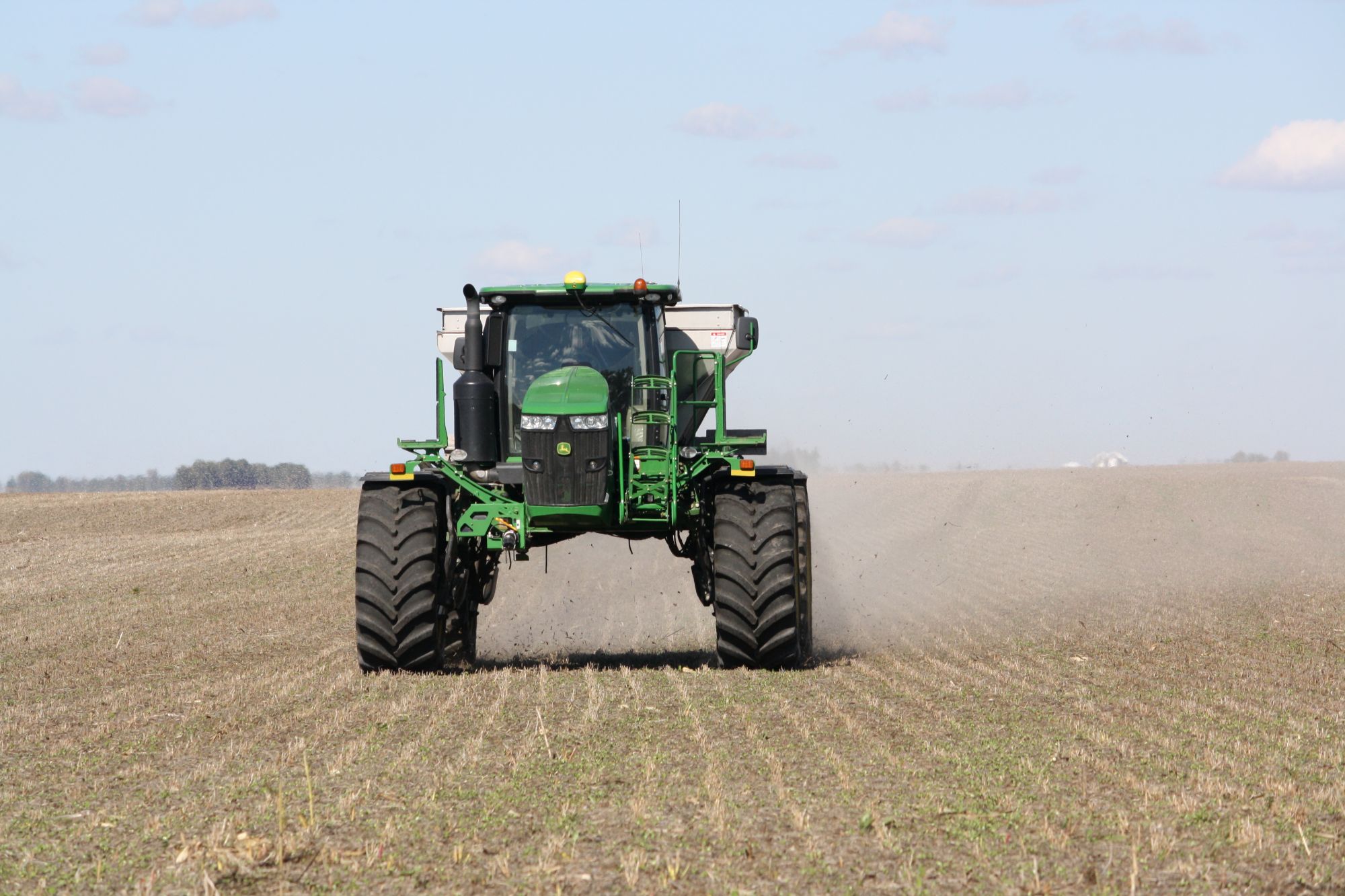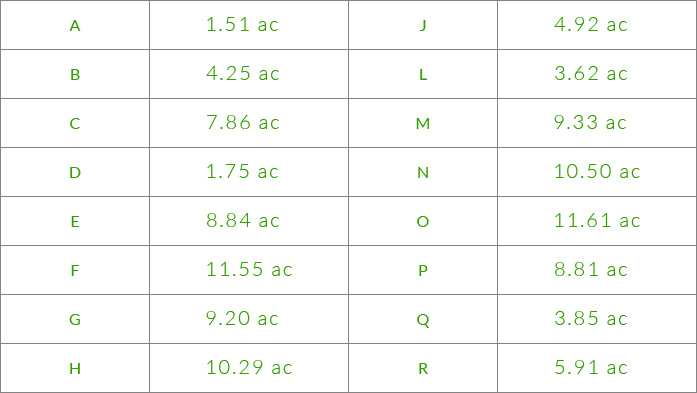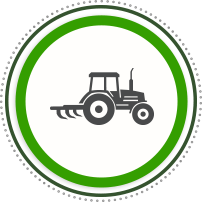
Our Approach
Obtaining and maintaining soil balance is the key factor regarding soil fertility.
For the plant to work at full capacity and provide the proper balance for maximum yield potential, there must be the proper amount of all nutrients in the soil at the correct balance. In addition, growers will have healthier and more productive plants that will fight off disease and adverse conditions. We believe the best way to increase your profitability while simultaneously keeping your soil nutrients at maximum levels is to sample every acre every year. We also realize this may not be the ideal program for every grower and are dedicated to adjusting a program to fit each and every grower’s needs.
Results: BETTER YIELDS
How?
Step 1Zone mapping
When a grower is harvesting his crop, he can see that sand hills and clay areas do not produce the same yields. The yields do not change in small squares or grids, but rather by the lay of the land, soil type, or management zones. The difference between these zones can be measured by their Exchange Capacities. We use these differences to create our sampling zones so we can be more accurate in our fertility recommendations.
F-8 Brucker NorthZone Map
Step 2Soil Sampling
Each sample should represent a uniform soil area with similar past management. It is recommended that each sample represent 10 acres or less. BCS creates our zones from topography maps or normalized yield maps. Each of these zones has 10 to 15 cores (6-7 inches) randomly pulled to create one sample.
Each soil sample is air dried and all cores in the sample are ground and thoroughly mixed prior to submission to the laboratory for analysis. Doing so ensures that each sample is truly a representation of the sample area. Brookside Laboratories gives us timely and accurate analytical results during the spring, summer, and fall sampling seasons.
F-8 Brucker NorthSoil Sample Id

Step 3Soil Examination
These areas must be treated differently when applying fertilizer. Higher producing soils will generally have higher Exchange Capacities and should require more fertilizer to produce at optimum. Poorer soils will have lower Exchange Capacities and will require less fertilizer to produce at their optimum. Making management and fertilizer decisions after we help you look at all nutrients—not just P and K– will allow you to be more efficient, cost effective, and profitable.
F-8 Brucker NorthSoil Audit & Inventory Report

Step 4Fertilizer Application
Variable rate application is action that accompanies the knowledge the soil report gives you, the farmer. We want to put your fertilizer dollars where they are best spent and allocate inputs efficiently.





